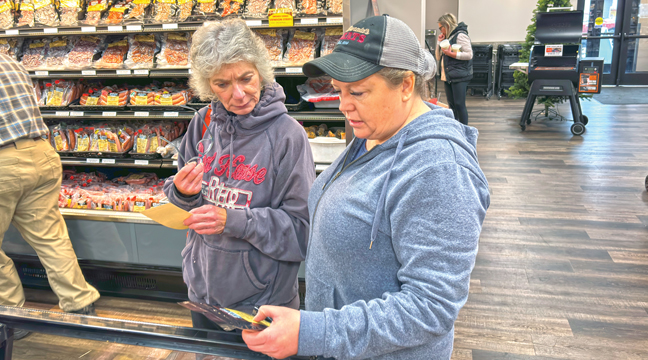Because of a new construction strategy, two county road projects that were delayed last year will now be on the 2017 road project schedule.
At a county board workshop meeting in November, Sherburne County Public Works Director Andrew Witter introduced a new proposed reconstruction method the county will use on County Roads 6 and 8.
Those projects were slated to be done in 2016, but because of issues with shoulder widths, the county board decided not to move ahead until there was a policy in place.
In April at another workshop meeting, then County Engineer Rhonda Lewis explained in order to make the surface a 10-ton road requires an additional layer of bituminous - typically between 3.5 and six inches. In order to maintain the outside slope, the width of the shoulder would have to be reduced by about one foot on each side.
The other option would be to keep the road width the same, but it would cost an extra $102,000 per mile to do grading work in the ditch to maintain the slope.
Witter said he has another option instead of grinding and reclaiming the asphalt and raising the entire road four to five inches.
“I’ve reviewed the plans and I’m recommending we go with a different style of rehabilitation,” he said. “We’re going to mill out two inches of main line, leaving the existing shoulders in place. We fill the main line back in with new asphalt, then over the entire road top including, the shoulder we add a two-inch overlay.”
Witter said that would achieve a 10-ton road surface and not raise the road enough to affect the slope. That way the shoulders wouldn’t have to be shortened.
“We end up getting more structural value and we’re able to minimize main line cracking,” he said.
Not only does it solve the problem of narrower roads, it costs less. The original cost for the two projects was estimated at $2.5 million. If the county decided to do the extra ditch work to keep the shoulder width intact, the cost would have been $2.8 million.
“This plan I’m proposing would cost $2.2 million, so we’re almost realizing $500,000 to $600,000 in savings,” he said.
Another proposed guideline is using aggregate material for unpaved shoulders instead of topsoil.
“If we have less than a two-foot paved shoulder, I recommend that we go with a gravel or recycled gravel shoulder,” he said. “It helps get the water away from the roadbed and it helps from the edge dropoff. If someone does drift off the road it gives them an opportunity to more easily correct the situation.”
Since 2006, there have been 749 “run off” road crashes in Sherburne County, resulting in 15 fatalities and 29 incapacitating injuries.
Witter said that’s why it’s so important to maintain the right of way.
“If you have that buffer zone with the shoulders and the gravel shoulder outside of that, people can adequately recover from an incident of drifting a little bit easier,” he said. “It’s critical to be able to maintain those safety features.”









